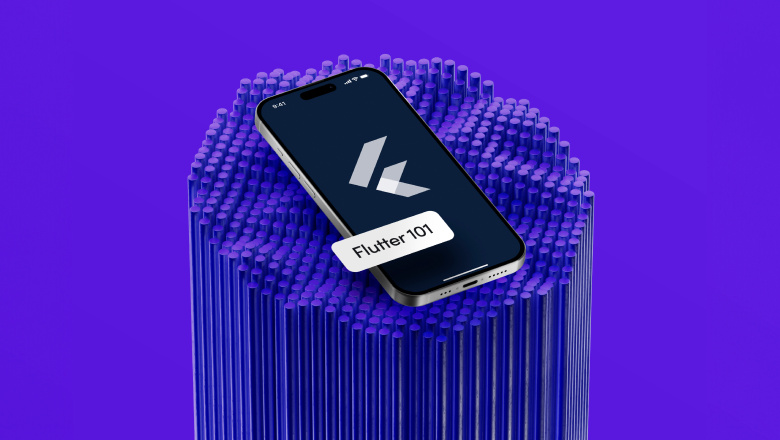

Responsive Design in Flutter
Responsive Design in Flutter
Responsive design in Flutter refers to creating apps that automatically adjust their layout, appearance, and functionality based on the screen size, orientation, and device type. This ensures that the app provides an optimal user experience across a wide range of devices, including phones, tablets, and desktops. In Flutter, responsive design is essential for building cross-platform applications that cater to various screen sizes without manually redesigning the UI for each device.
Key Concepts of Responsive Design in Flutter
- Adaptive Layouts: An adaptive layout changes its structure based on screen size and device type. In Flutter, this can be achieved using layout widgets that adjust according to the available space, such as Expanded, Flexible, or Wrap. These widgets help dynamically resize and reposition elements without hardcoding sizes.
- MediaQuery: One of the most common ways to implement responsive design in Flutter is by using MediaQuery. MediaQuery provides information about the size, orientation, and other physical characteristics of the device’s screen. You can use it to adjust the layout based on the screen width and height.
- LayoutBuilder: Another useful widget for responsive design is LayoutBuilder. It allows you to build a widget tree based on the constraints of its parent, meaning the layout will adapt depending on how much space is available. This is especially useful for creating different UI structures for various screen sizes.
- AspectRatio: To ensure elements are sized proportionally across different devices, AspectRatio can be used. This widget helps maintain a consistent height-to-width ratio, which is particularly useful for images, videos, and other media elements.
- Flexible Grid Layouts: Using widgets like GridView and Flex enables the creation of responsive grids that adjust their layout depending on the screen size. This is ideal for building apps with content cards or image galleries that need to display differently across devices.
Techniques for implementing responsive design in Flutter
Using MediaQuery for Dynamic Sizing: You can dynamically adjust the size and padding of elements using MediaQuery based on the screen dimensions. For instance, to adjust font size or padding:
- Orientation-Specific Layouts: Flutter makes it easy to switch between layouts based on the device’s orientation. You can use MediaQuery to detect whether the device is in portrait or landscape mode and adjust the UI accordingly.
- Using Responsive Packages: Flutter has several packages like flutter_screenutil and responsive_framework that help simplify the process of building responsive UIs. These packages provide utilities for scaling UI elements based on different screen sizes and offer breakpoints to define how layouts change for small, medium, and large screens.
Benefits of responsive design in Flutter
- Consistency Across Devices: Responsive design ensures that your app looks and works well on any device, from smartphones to large desktops, without needing separate codebases for each platform.
- Better User Experience: Users expect apps to be easy to use and navigate, regardless of the device they’re on. A responsive design ensures that your app’s layout is intuitive and accessible across screen sizes.
- Future-Proofing: As new devices with different screen sizes emerge, a responsive design ensures that your app can handle them without needing significant redesigns.
Explore more benefits of Flutter in the app development process.
Practical Example of Responsive Design in Flutter:
Imagine you’re developing a news app that needs to display articles differently on a smartphone versus a tablet. On a phone, articles might be stacked in a single column, while on a tablet, they could be displayed in a two-column grid. You can use LayoutBuilder to detect screen width and adjust the layout dynamically.
Conclusion
In Flutter, responsive design is crucial for creating apps that perform well on different devices and screen sizes. By leveraging tools like MediaQuery, LayoutBuilder, and responsive design packages, developers can ensure that their apps are adaptable and offer a seamless experience across platforms. Whether you’re building a small app or a large-scale enterprise solution, implementing responsive design ensures that your app remains accessible and user-friendly on all devices.
Ready to discover more terms?


